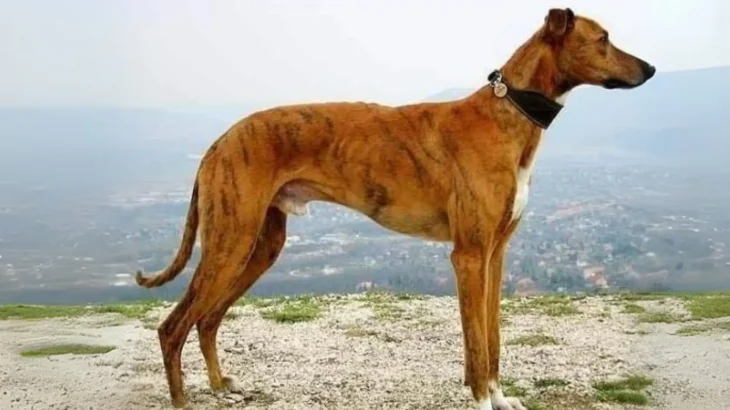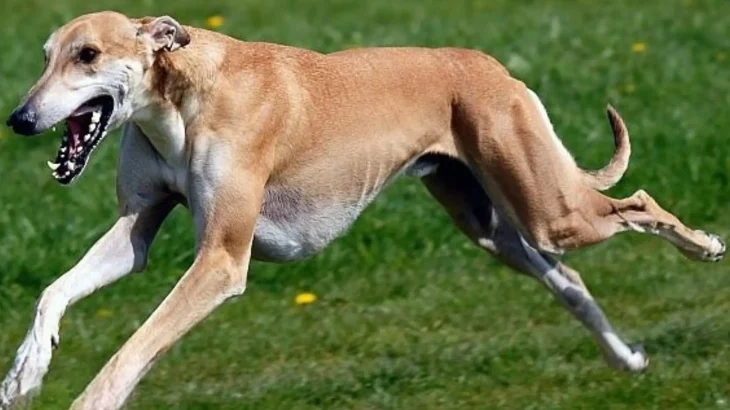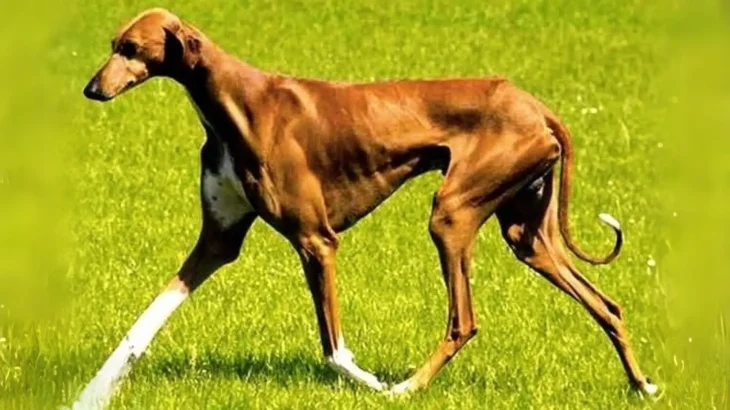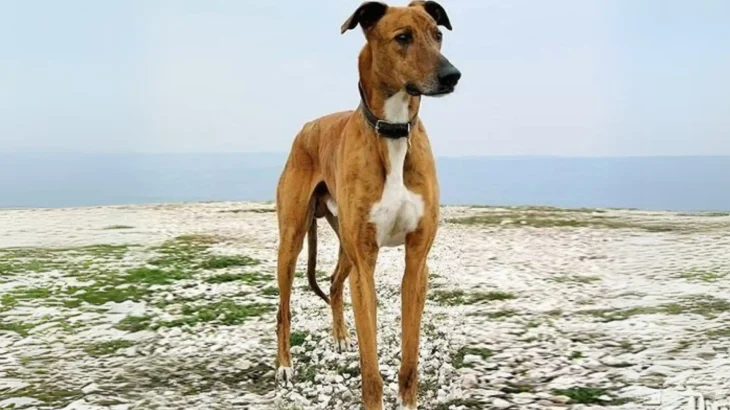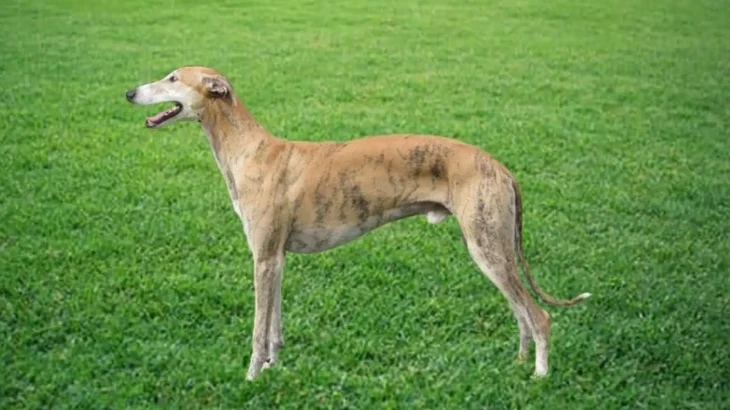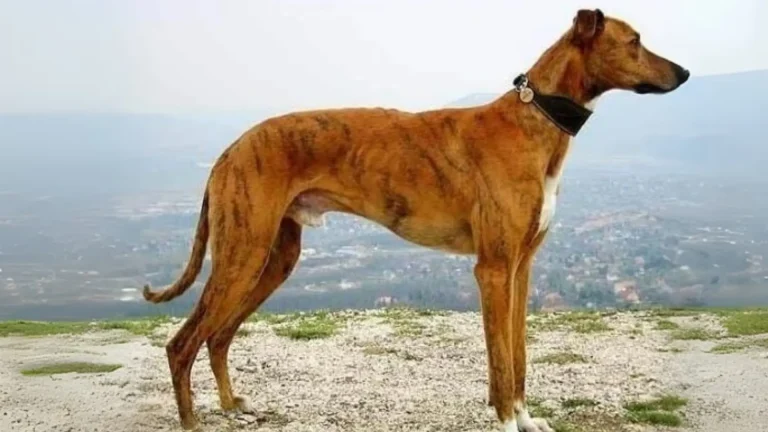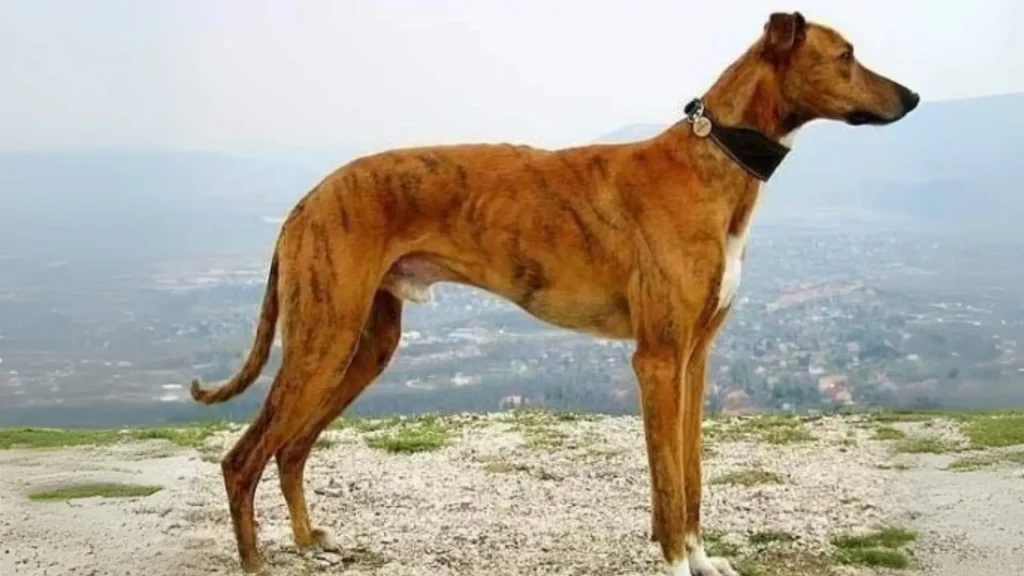When deciding how to welcome a Banjara Greyhound into your life, the choice often comes down to adoption or purchasing from a breeder. Each option has unique advantages, from cost considerations to health transparency and ethical impacts, especially relevant for this distinctive breed.
Adoption vs. Breeder: Pros & Cons
| Criteria | Buying from Breeder | Adopting from Shelter/Rescue |
|---|---|---|
| Cost | Generally higher initial cost reflecting purebred status and breeder investment. | Lower fees, making it a budget-friendly choice that benefits dogs needing homes. |
| Health History | Often detailed health and genetic screening information available for the puppy. | Health background may be limited or unknown, though basic vet checks are typical. |
| Age Availability | Primarily puppies are available, allowing early bonding and training. | Variety of ages available, including adults who may already be trained. |
| Temperament Insight | Breeders can provide lineage-based insights into typical breed temperament. | Adopters get info from shelter observations, which might include individual personality quirks. |
| Supporting Practices | Supports preservation of the breed through ethical breeding programs. | Contributes to animal welfare by giving a home to a dog in need. |
| Ethical Considerations | Requires careful breeder selection to avoid supporting irresponsible breeding. | Promotes rescue efforts and reduces demand for commercial breeding. |

